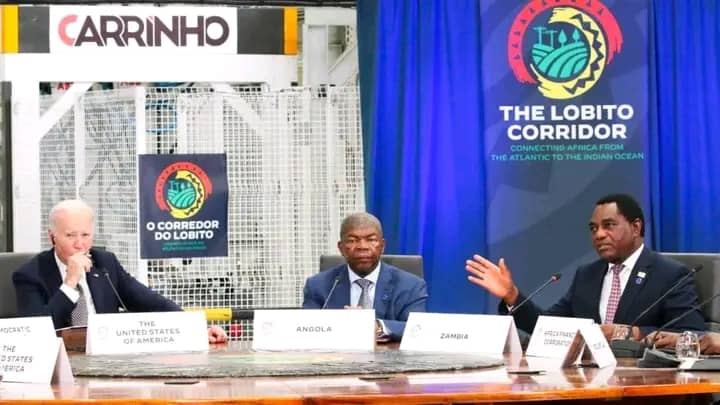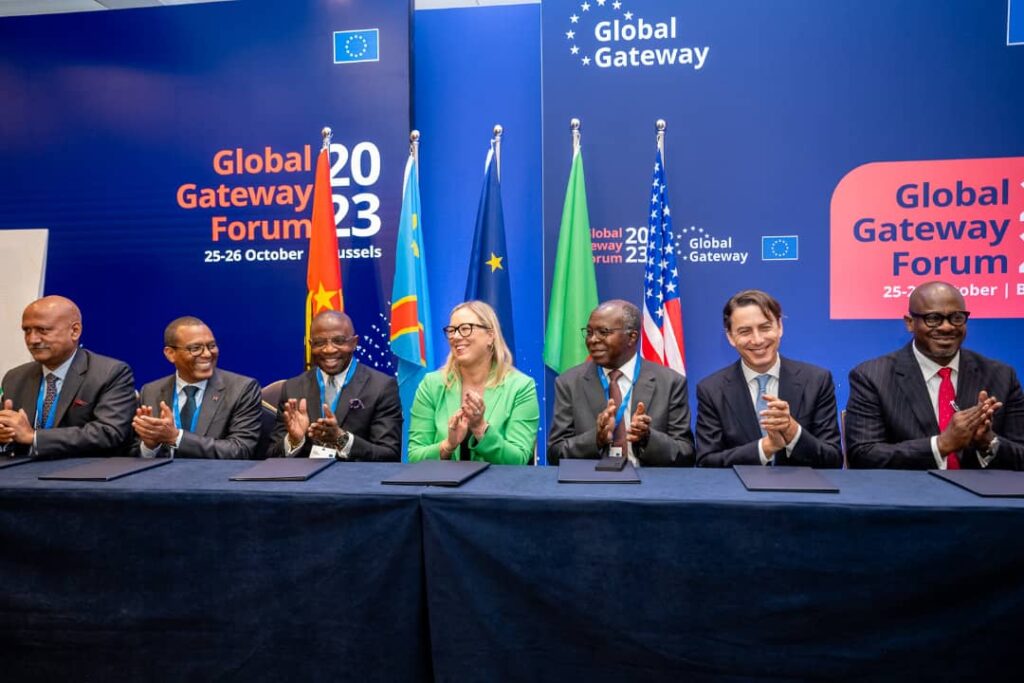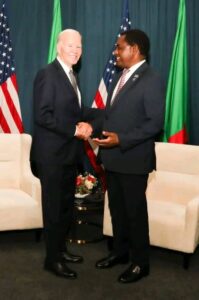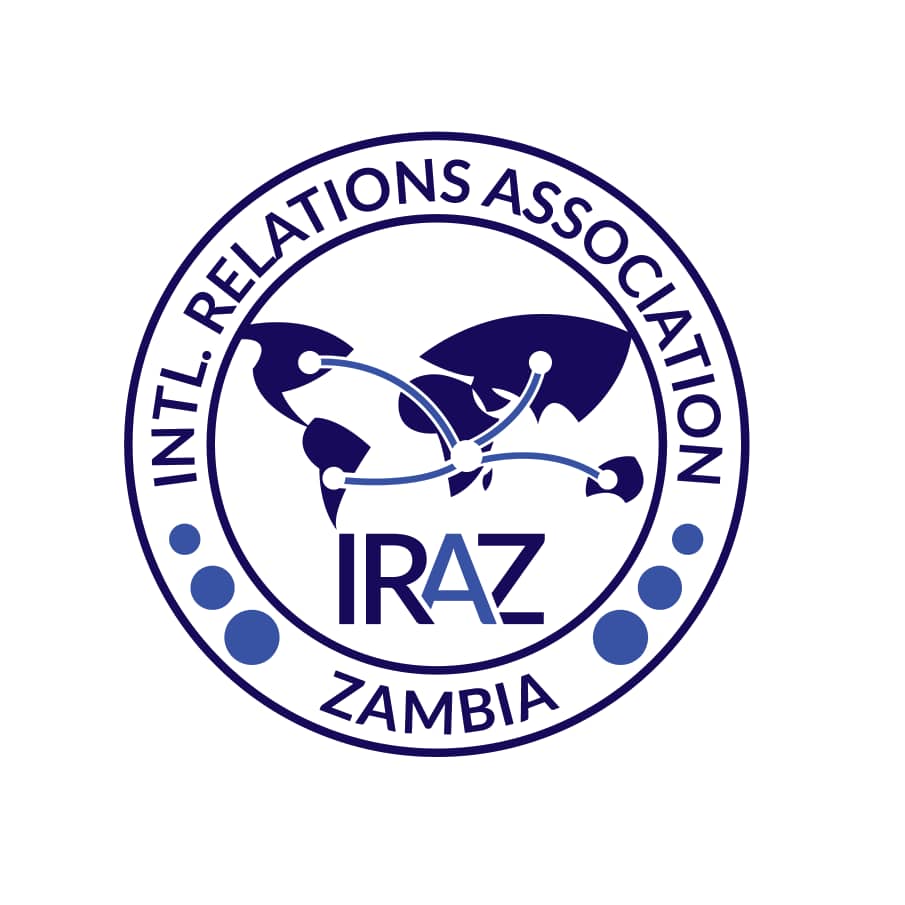
Lobito Corridor
By IRAZ Admin
Lobito Corridor: An Ambitious Infrastructure Project Reshaping U.S. Foreign Policy in Africa
Historically, U.S. engagement in Africa has focused on promoting democracy, strengthening public institutions, advancing human rights, improving health outcomes, championing gender equality, and supporting a free press. However, a notable shift is occurring as the U.S. increasingly prioritizes infrastructure development as a cornerstone of its engagement with the continent.
According to a White House fact sheet released in December 2023, the United States has committed substantial resources to infrastructure projects in Africa, including $2 billion from the U.S. International Development Finance Corporation and $3.4 billion in infrastructure financing from the U.S. Trade and Development Agency. These investments aim to support strategic initiatives that bolster Africa’s economic integration and development (White House Fact Sheet).
A centerpiece of this effort is the Lobito Corridor, an ambitious project upgrading a 1,344-kilometer rail line that connects the copper and cobalt-rich regions of the Democratic Republic of the Congo (DRC) to the Angolan port of Lobito and the Zambian mining hub of Ndola. The project is co-financed under the European Union’s Global Gateway initiative and involves a consortium that includes Singapore-based commodities trader Trafigura, Portuguese construction firm Mota-Engil, and its shareholder, China Communications Construction Company.
While some observers view the project as a strategic counter to China’s Belt and Road Initiative, the collaboration among consortium members underscores the complex and multifaceted nature of global infrastructure development in Africa.
Despite facing challenges and uncertainties, the Lobito Corridor represents a creative but extractive solution to Africa’s infrastructure gaps. If successful, it has the potential to enhance the continent’s capacity to benefit more equitably from its critical mineral wealth while driving regional connectivity and economic growth.


